More recently, Sri Lanka has taken an effective step toward renewable energy, especially solar power, in implementing its sustainable energy strategy. The policy push now towards hybrid solar systems, which are those combined with other forms of generation or storage, has evoked interest from small-scale projects for individual homeowners and businesses to large-scale ones. If you’re considering installing a hybrid solar system in Sri Lanka, understanding the price range and the factors influencing it is essential. Let’s dive into the hybrid solar system pricing in Sri Lanka and explore why now might be the perfect time to invest in this green energy solution.
What is a Hybrid Solar System?
Before we discuss prices, let’s quickly define what a hybrid solar system is. A hybrid solar system combines solar panels with an energy storage solution (like batteries) and can be integrated with the grid or a backup generator. It allows users to store excess energy produced during the day for use at night or during cloudy periods. This system offers greater flexibility and reliability than a basic grid-tied solar system, especially in places with frequent power outages or limited grid access.
Learn About Huijue Hybrid Solar System
Understanding Hybrid Solar System Pricing in Sri Lanka
The cost of a hybrid solar system in Sri Lanka varies considerably, depending on a number of factors such as the capacity of the system, brand of components, and also if the system includes storage batteries. Let's break it down by system capacity:
Small Residential Hybrid Solar Systems
- 5kW system:From approximately LKR 300,000 to LKR 500,000 (~USD 1,000 to USD 1,650).
- 10kW system:Approximately from LKR 500,000 to LKR 800,000 (~USD 1,650 to USD 2,640).
- 15kW system: Between LKR 700,000 to LKR 1,000,000 (~USD 2,300 to USD 3,300).
Medium Commercial Hybrid Solar Systems
- 30kW system:From LKR 4,000,000 to LKR 5,000,000 (~USD 13,300 to USD 16,600).
- 50kW system:Between LKR 6,000,000 and LKR 8,000,000 (~USD 20,000 to USD 26,600).
Large-Scale Industrial Hybrid Solar Systems
- 100kW+ system: Pricing varies widely based on the specific needs, system design, and project scale. These could easily range from LKR 10,000,000 (~USD 33,000) and beyond.
- 100kW+ system:The pricing varies greatly because each setup would be different due to various needs and design along with the scale of the project. Those would easily start well over LKR 10,000,000 (~USD 33,000).
Factors Affecting Hybrid Solar System Prices
Several factors influence the price of a hybrid solar system. Understanding these will help you better estimate your costs:
- System Configuration:The price goes up with the addition of energy storage (lithium-ion batteries). A 10kW with a 19.2kWh battery might exceed LKR 1,500,000 (~USD 5,100).
- Brand and Quality:High-quality brands, such as SunPower or LG, are pretty pricey but quality assured. Some less-known brands would probably sell cheaper, though the longevity and efficiency may vary.
- Installation Costs:Generally, this comes in the range of 10% to 20% of the overall installation cost, which again depends on the complexity and location of the installation site. Scaffolding or other equipment needed may also drive up costs.
- Government Incentives:The government of Sri Lanka has offered an incentive package, comprising subsidies and loans, to encourage renewable energy installations. Such schemes go a long way toward lowering the often prohibitively high upfront costs.
A Simple Calculation:
Let’s consider a mid-range 10kW hybrid solar system in Sri Lanka, including battery storage:
- Base system cost: LKR 500,000 to LKR 800,000
- Storage battery: An additional LKR 300,000 to LKR 500,000
- Installation costs: LKR 80,000 to LKR 120,000
So, for a complete setup with energy storage, a 10kW hybrid solar system could cost anywhere between LKR 800,000 and LKR 1,400,000 (~USD 2,600 to USD 4,600).
Why Should You Consider a Hybrid Solar System?
As the world moves towards more sustainable energy solutions, hybrid solar systems offer an excellent opportunity to reduce dependence on the national grid while cutting down on energy costs. For Sri Lankans, the combination of favorable government policies and rapidly decreasing system costs makes now the perfect time to invest in a hybrid solar system.
Are Hybrid Solar Systems Worth the Investment?
One of the most commonly asked questions when considering solar installation is: “Is it worth the cost?” The answer depends on several factors:
- Location: Sri Lanka’s high solar potential, with abundant sunlight throughout the year, means hybrid solar systems are often a worthwhile investment.
- Electricity Costs: Rising electricity prices make solar systems increasingly attractive. Hybrid systems, in particular, can mitigate power interruptions and reduce electricity bills.
- Government Support: With loans, subsidies, and favorable policies, the Sri Lankan government is making it easier for individuals and businesses to switch to solar power.
Real-World Case: Successful Hybrid Solar Installations in Sri Lanka
To give some practical examples, let's take a glimpse at a few successful installations of hybrid solar systems in Sri Lanka:
Residential Installation in Colombo: One 10kW hybrid system was installed in a middle-class house in Colombo. The 5kWh battery storage came at approximately LKR 900,000 (~USD 3,100). The owner says he has had a 70% reduction in electricity bills and has been very happy with the performance during power cuts.
Business Installation in Galle: A Hybrid Solar System of 30 kW was installed for a small manufacturing unit. The system, which cost approximately LKR 1,500,000 (~USD 5,100), allowed the company to save up to 60% on energy costs even during peak hours. The company also benefited from the government's tax incentive program.
These examples show that a hybrid solar system can be viable and economically feasible in the context of Sri Lanka.
Government Incentives and Support for Hybrid Solar Systems
The Sri Lankan government has taken several initiatives to encourage renewable energy, especially hybrid solar systems: tax reductions, subsidies, and low-interest loans. For example, the Soorya Bala Sangramaya (Solar Battle Plan) incentivizes households and businesses to install rooftop solar systems, making the process easier. The government has given so much financial support to solar projects through partnerships with international organizations such as the Asian Development Bank and the United Nations Development Programme that it's a very lucrative investment for many. Taking a leading role in the development of floating solar farms, Sri Lanka will make use of the country's water resources to contribute toward the target of 1,500 MW from floating solar power by 2025.
Ambitious plans of the government regarding renewable energies, such as receiving 70% of the nation's energy from renewable sources by 2030, also are indicative of growing relevance.
A Closer Look at Hybrid Solar Systems in Commercial & Industrial Sectors
The increasing demand for renewable energy in Sri Lanka has driven large-scale hybrid photovoltaic systems, mainly in the commercial and industrial sectors. A 30kW system would enable a medium-level business to decrease its reliance on grid electricity. The extra cost for a 50kW system, probably used by larger enterprises, offers the advantage of long-term savings on electricity bills, keeping businesses clear of high utility costs and making them more competitive. A 100kW+ system will, if anything, be essential to industries, particularly those in far-flung areas with unstable grid access. For a steep price tag, it surely is an investment worth paying in the long run.
However, prices in Sri Lanka for hybrid solar systems are continually tumbling down, and the technology is getting more efficient. Whether you are trying to reduce your electricity bill as a homeowner or you're looking to increase energy independence in your business, investing in a hybrid solar system is one of the smartest moves that you could make. What's holding you back from making the switch today?

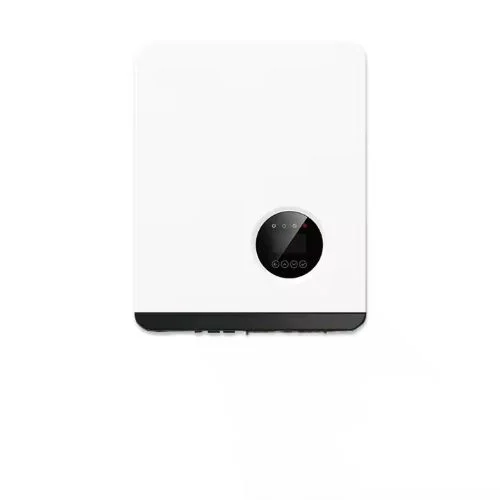
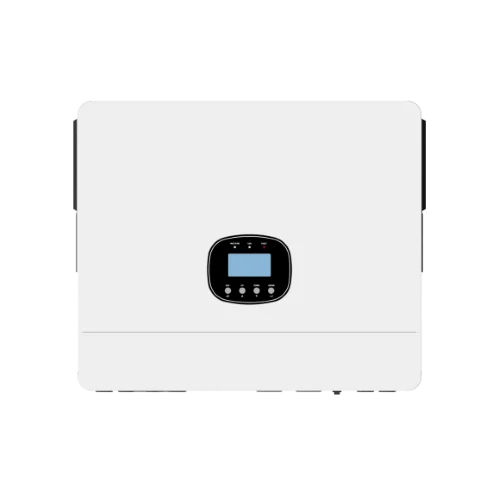
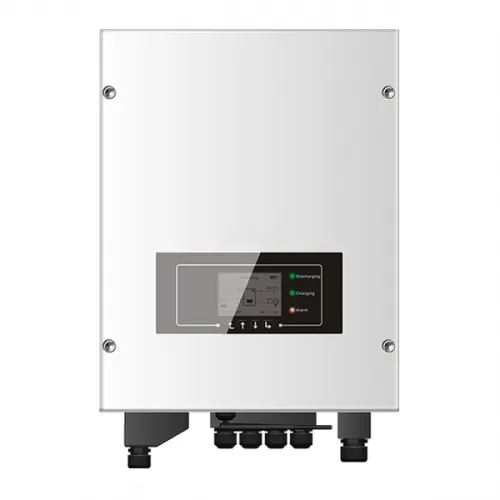
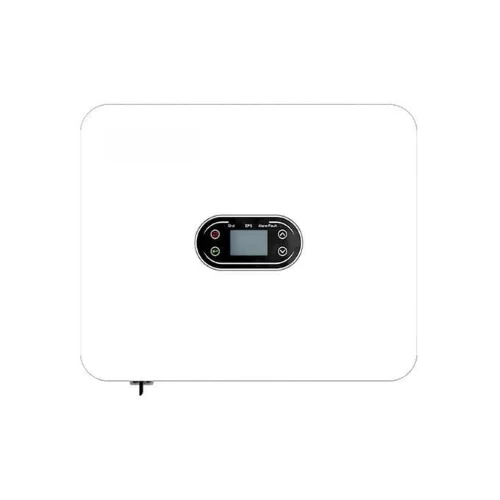
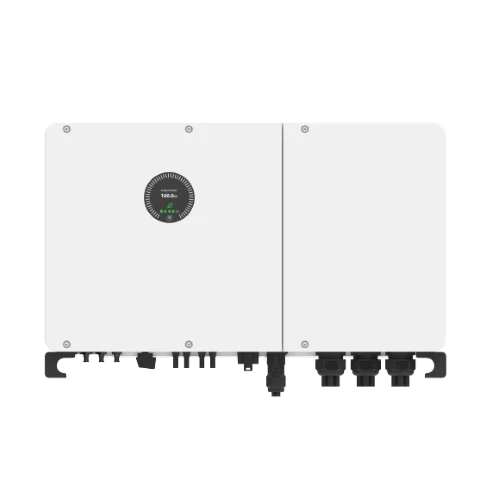
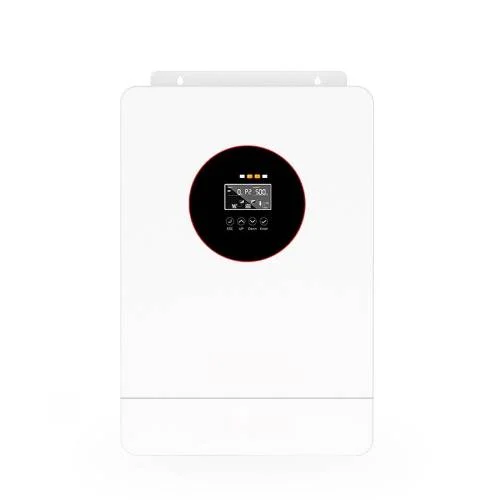
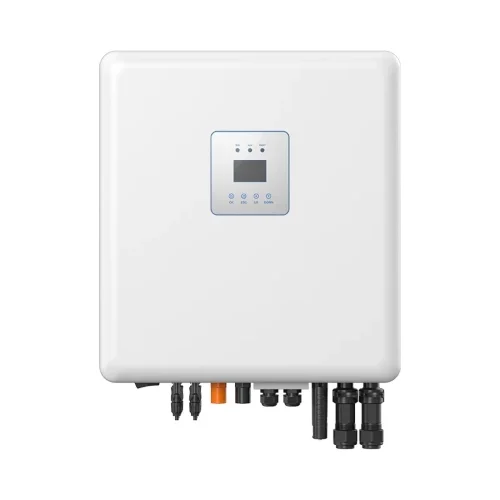
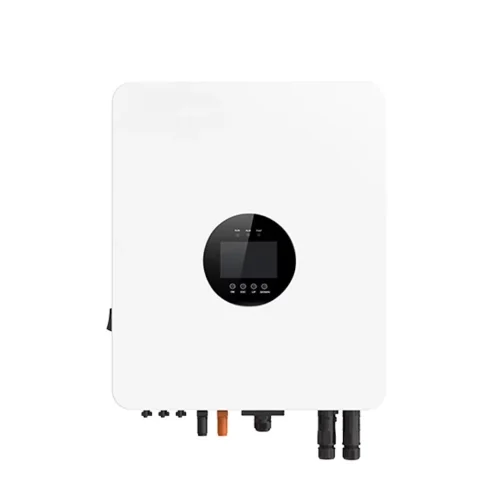
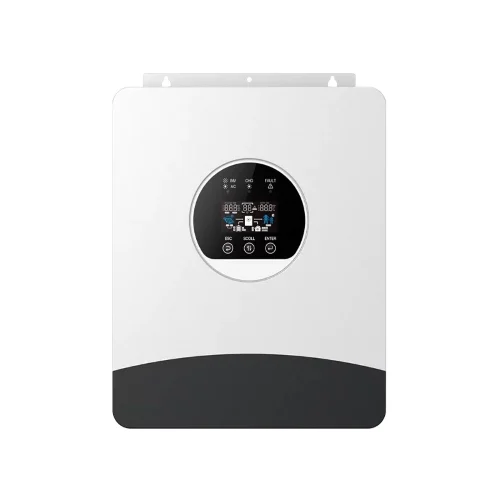
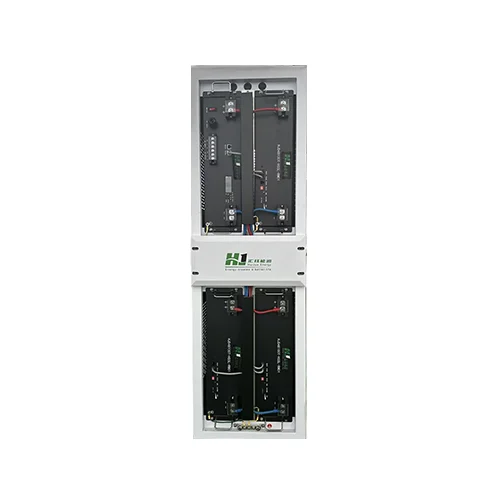
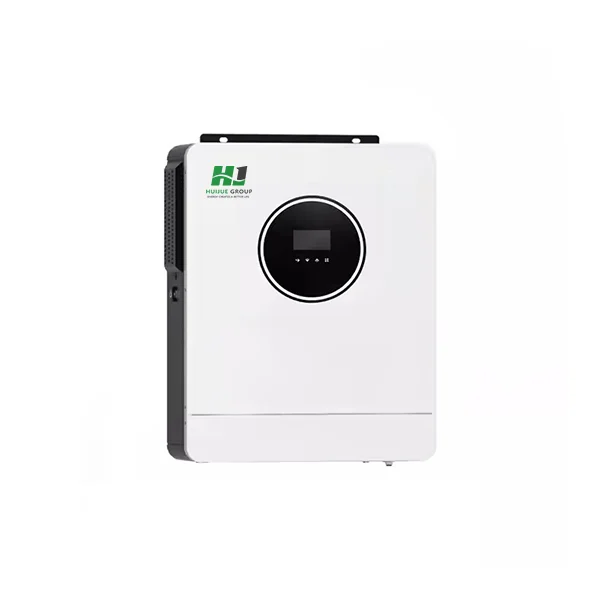
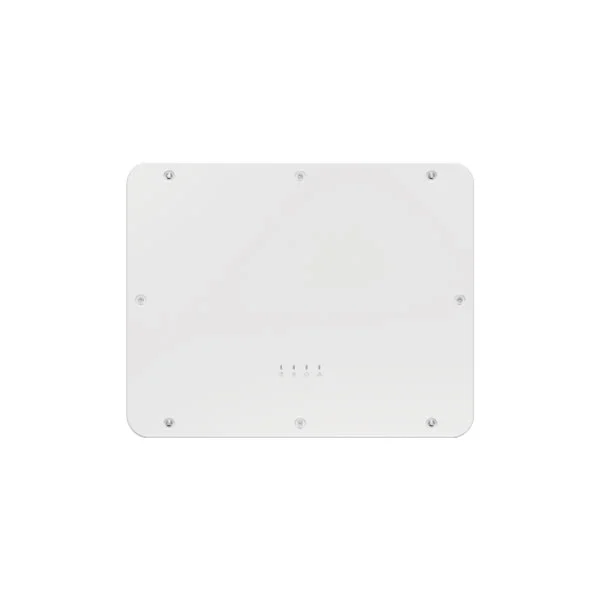
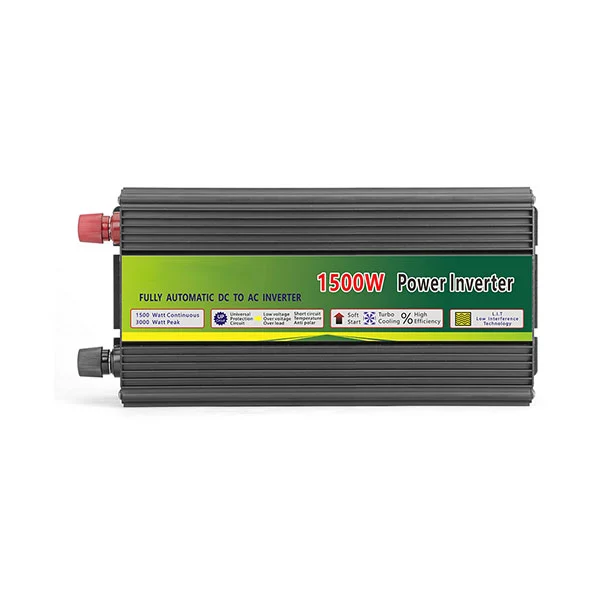
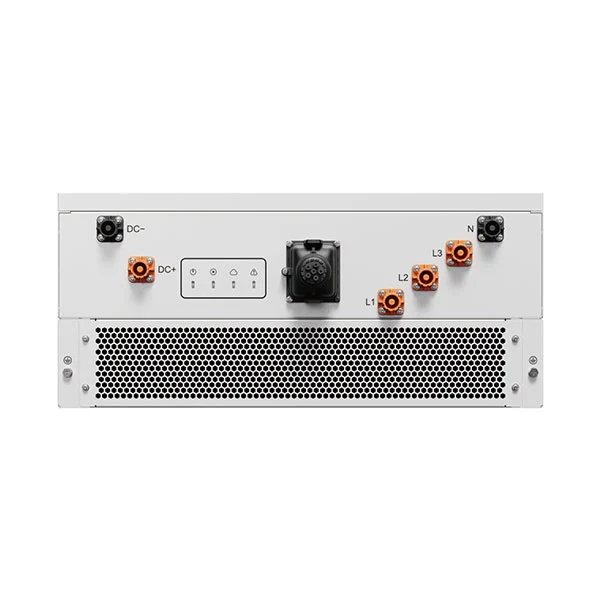
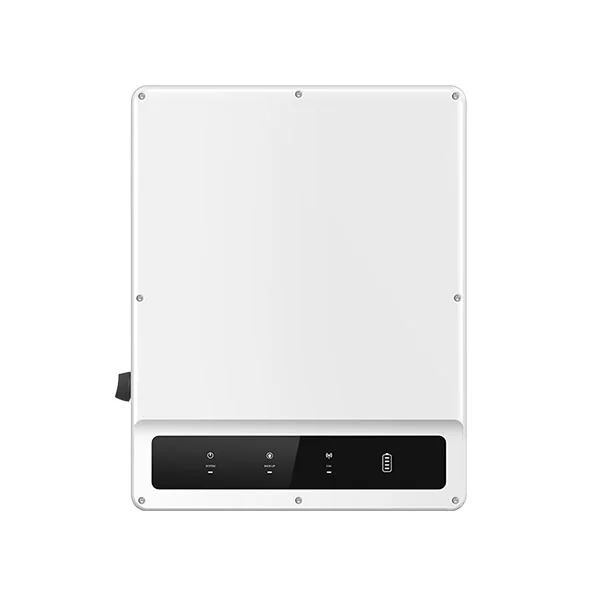
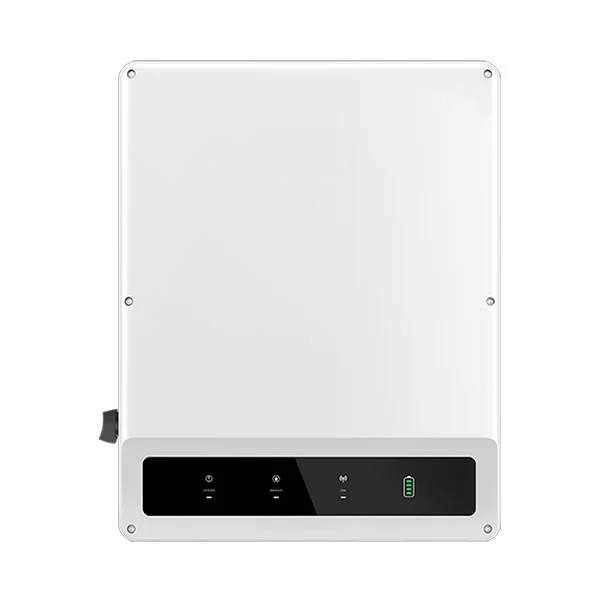
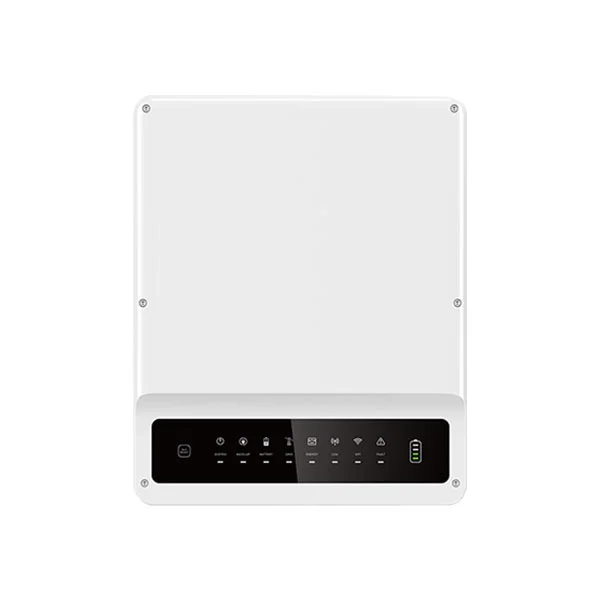
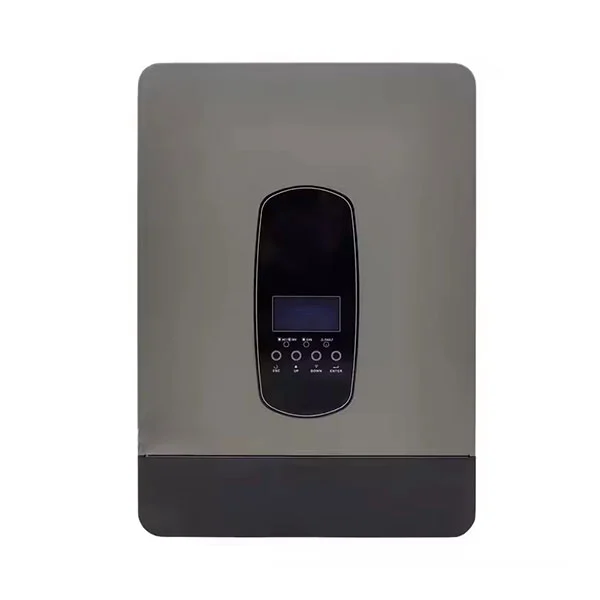
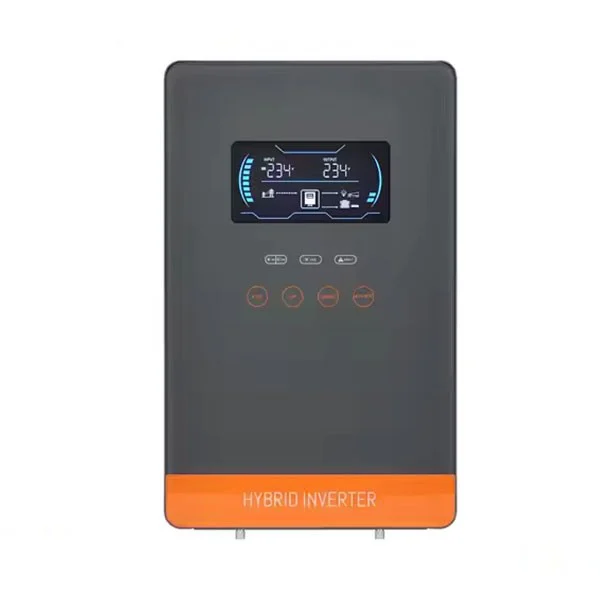
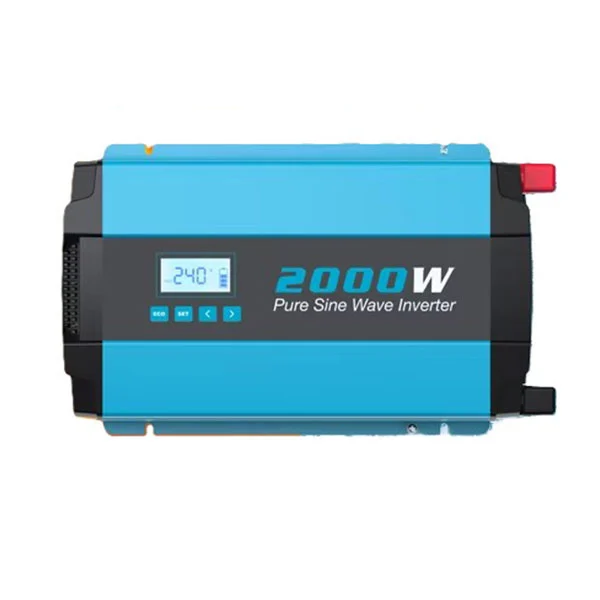
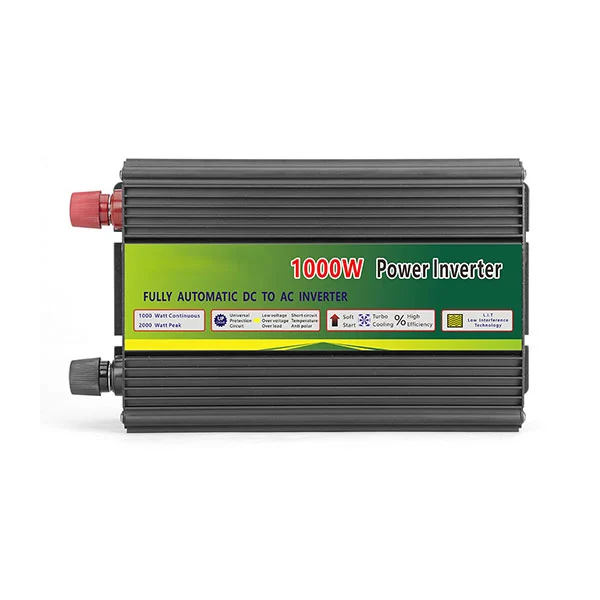
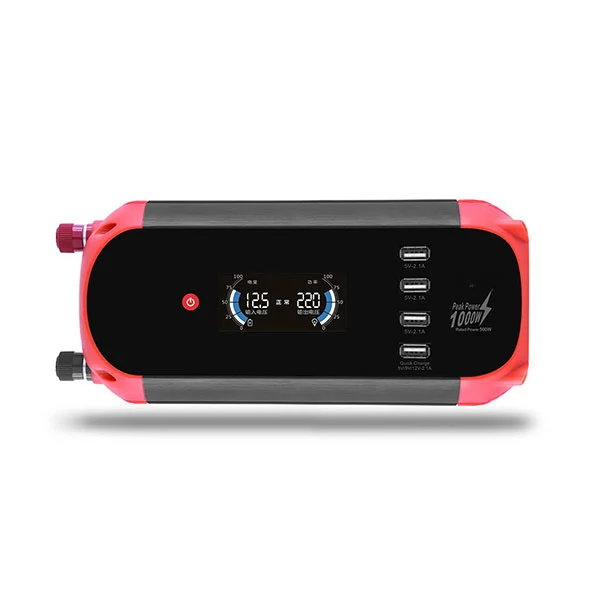
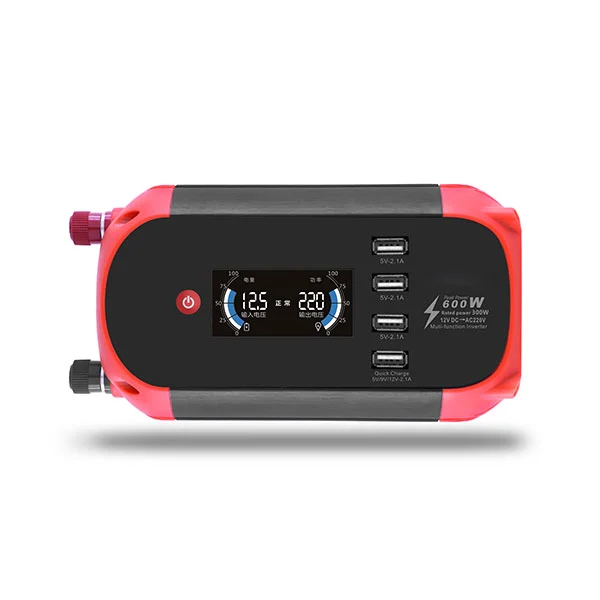
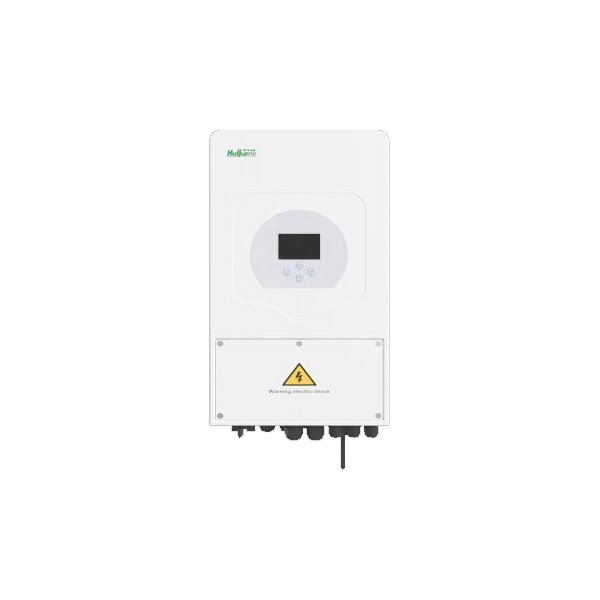
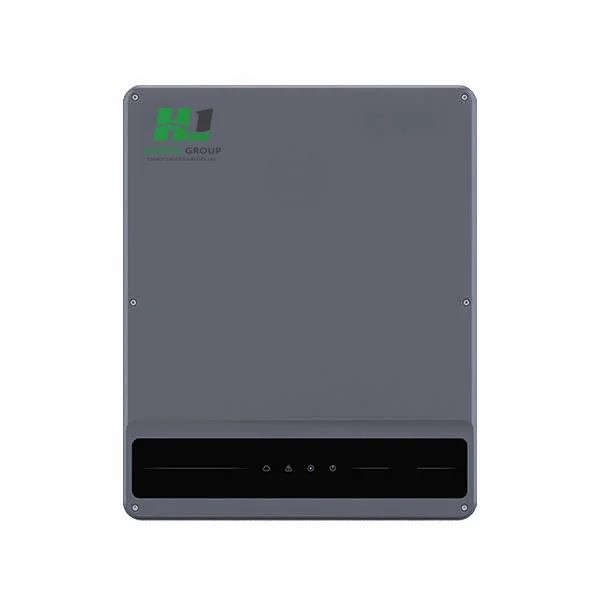
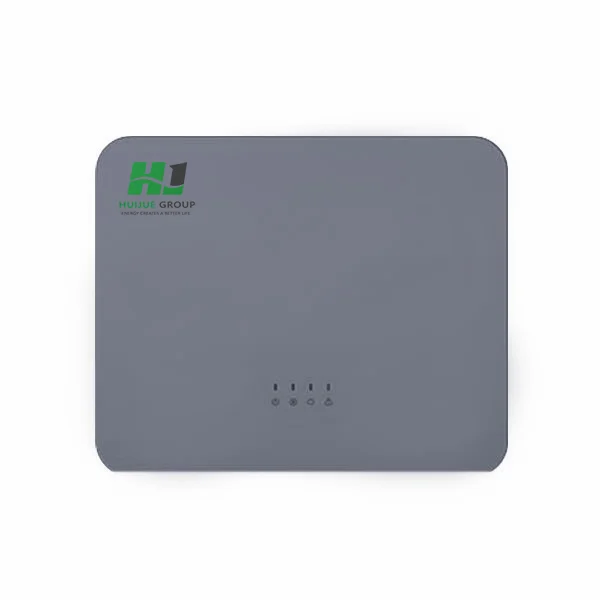
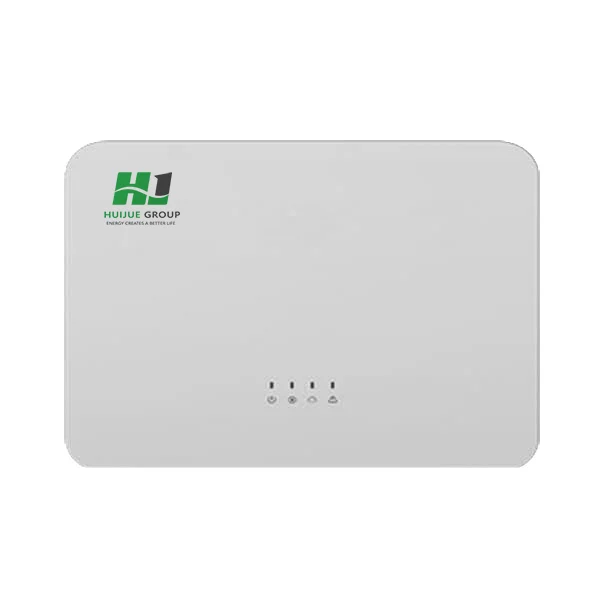
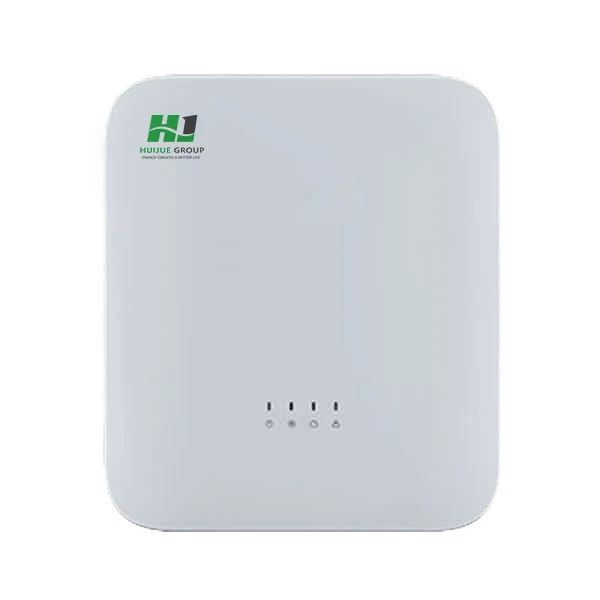
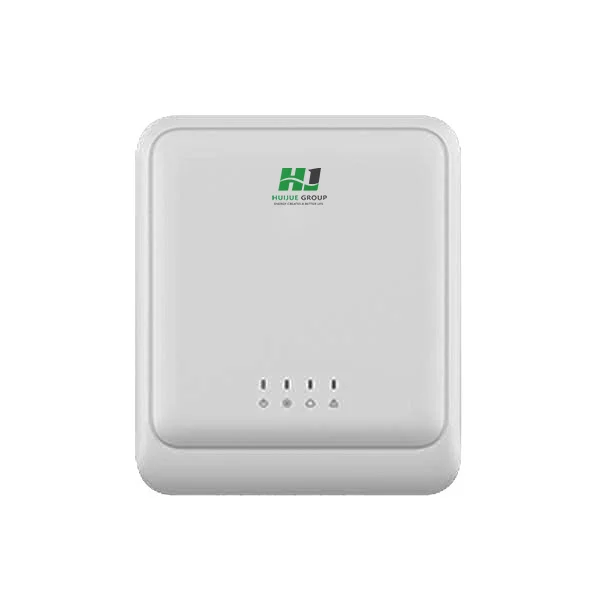
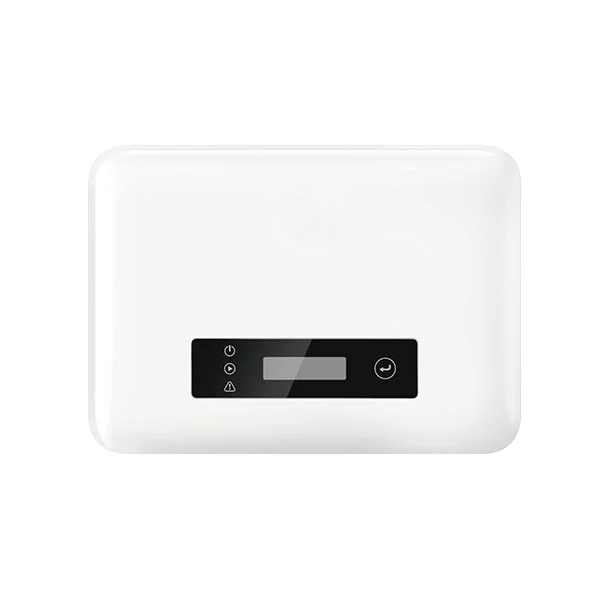
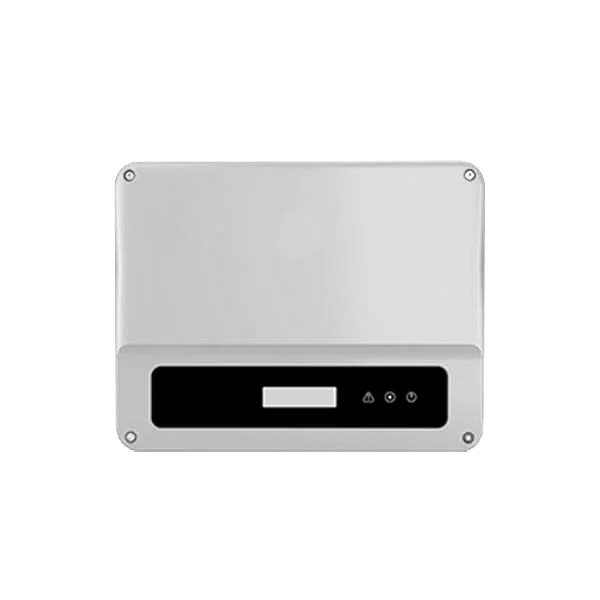
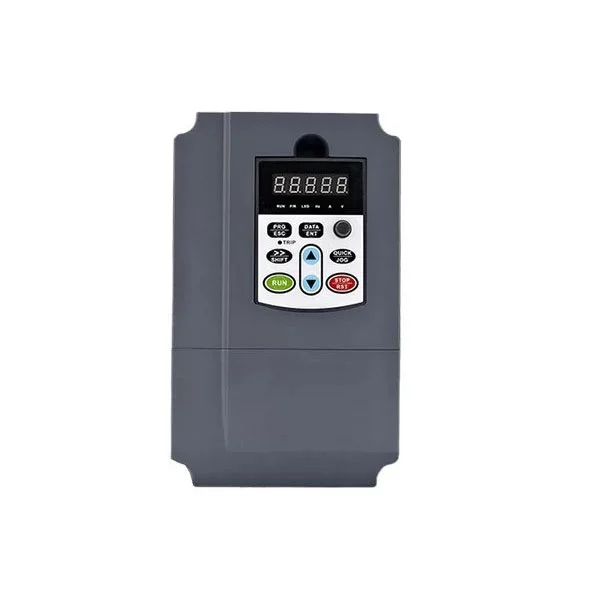
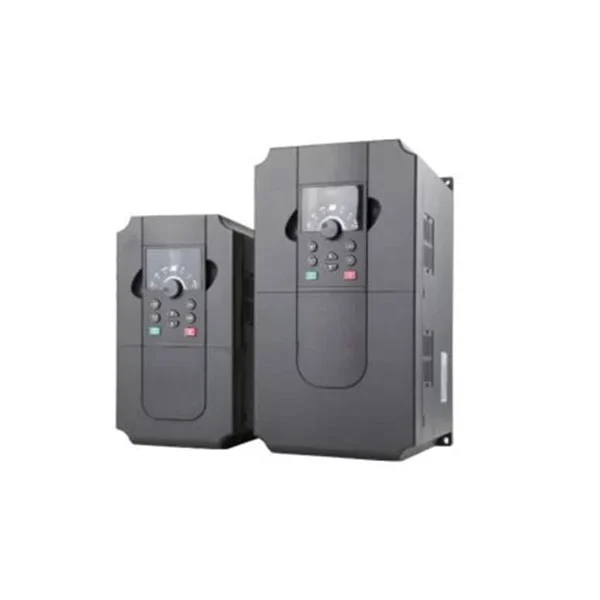
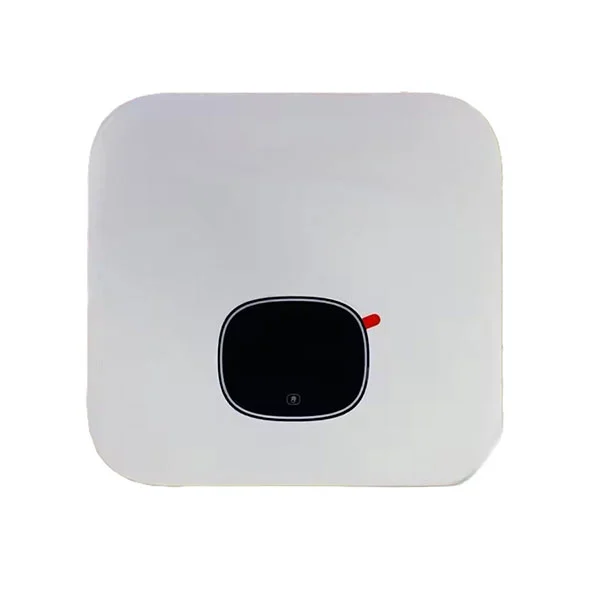
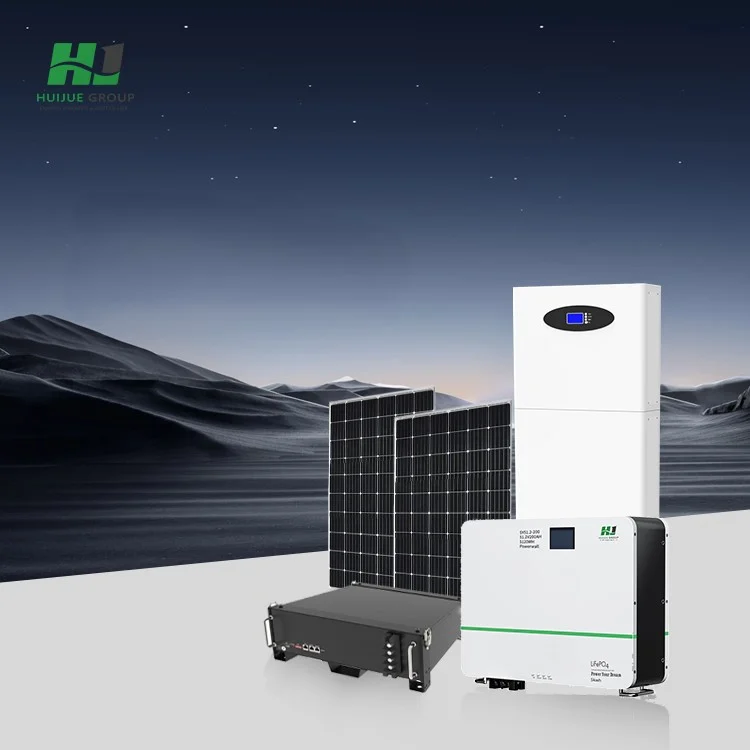

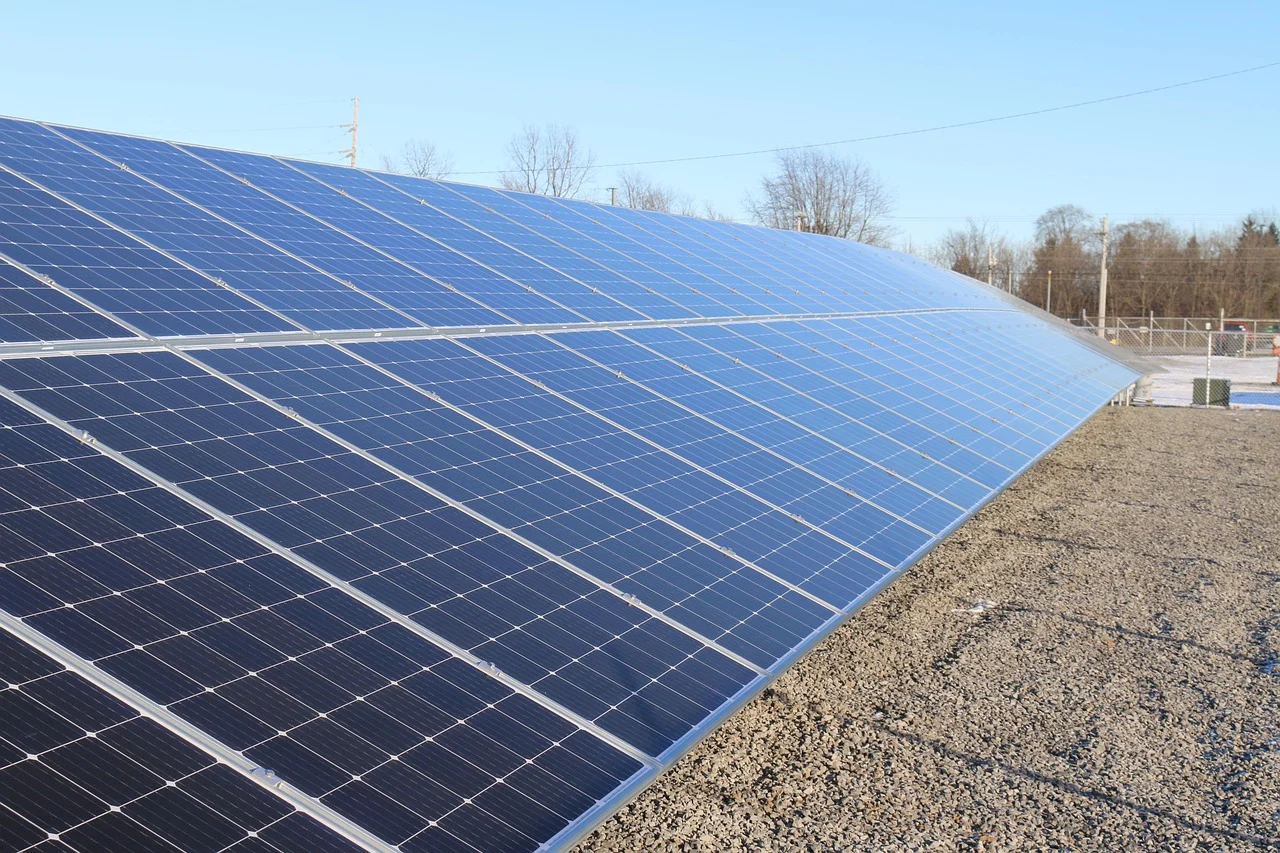
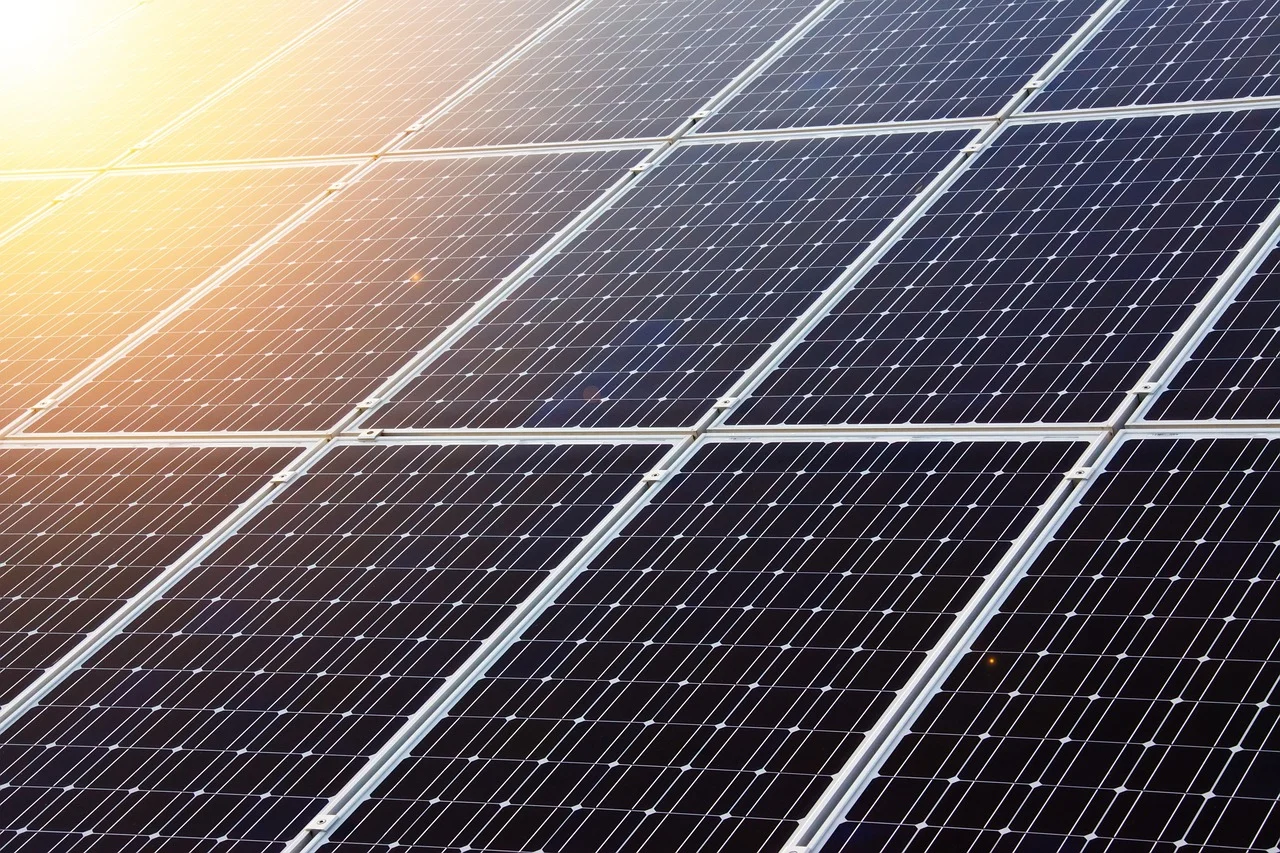

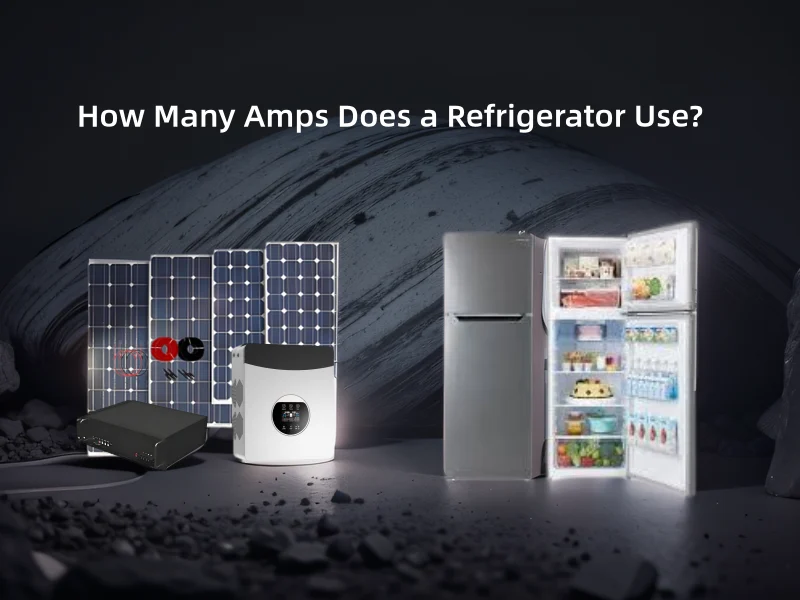
 Afrikaans
Afrikaans Albanian
Albanian Amharic
Amharic Arabic
Arabic Armenian
Armenian Azerbaijani
Azerbaijani Basque
Basque Belarusian
Belarusian Bengali
Bengali Bosnian
Bosnian Bulgarian
Bulgarian Catalan
Catalan Cebuano
Cebuano Chichewa
Chichewa Chinese (Simplified)
Chinese (Simplified) Chinese (Traditional)
Chinese (Traditional) Corsican
Corsican Croatian
Croatian Czech
Czech Danish
Danish Dutch
Dutch English
English Esperanto
Esperanto Estonian
Estonian Filipino
Filipino Finnish
Finnish French
French Frisian
Frisian Galician
Galician Georgian
Georgian German
German Greek
Greek Gujarati
Gujarati Haitian Creole
Haitian Creole Hausa
Hausa Hawaiian
Hawaiian Hebrew
Hebrew Hindi
Hindi Hmong
Hmong Hungarian
Hungarian Icelandic
Icelandic Igbo
Igbo Indonesian
Indonesian Irish
Irish Italian
Italian Japanese
Japanese Javanese
Javanese Kannada
Kannada Kazakh
Kazakh Khmer
Khmer Korean
Korean Kurdish (Kurmanji)
Kurdish (Kurmanji) Kyrgyz
Kyrgyz Lao
Lao Latin
Latin Latvian
Latvian Lithuanian
Lithuanian Luxembourgish
Luxembourgish Macedonian
Macedonian Malagasy
Malagasy Malay
Malay Malayalam
Malayalam Maltese
Maltese Maori
Maori Marathi
Marathi Mongolian
Mongolian Myanmar (Burmese)
Myanmar (Burmese) Nepali
Nepali Norwegian
Norwegian Pashto
Pashto Persian
Persian Polish
Polish Portuguese
Portuguese Punjabi
Punjabi Romanian
Romanian Russian
Russian Samoan
Samoan Scottish Gaelic
Scottish Gaelic Serbian
Serbian Sesotho
Sesotho Shona
Shona Sindhi
Sindhi Sinhala
Sinhala Slovak
Slovak Slovenian
Slovenian Somali
Somali Spanish
Spanish Sundanese
Sundanese Swahili
Swahili Swedish
Swedish Tajik
Tajik Tamil
Tamil Telugu
Telugu Thai
Thai Turkish
Turkish Ukrainian
Ukrainian Urdu
Urdu Uzbek
Uzbek Vietnamese
Vietnamese Welsh
Welsh Xhosa
Xhosa Yiddish
Yiddish Yoruba
Yoruba Zulu
Zulu